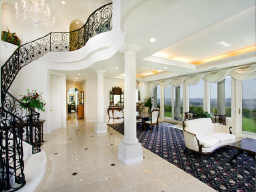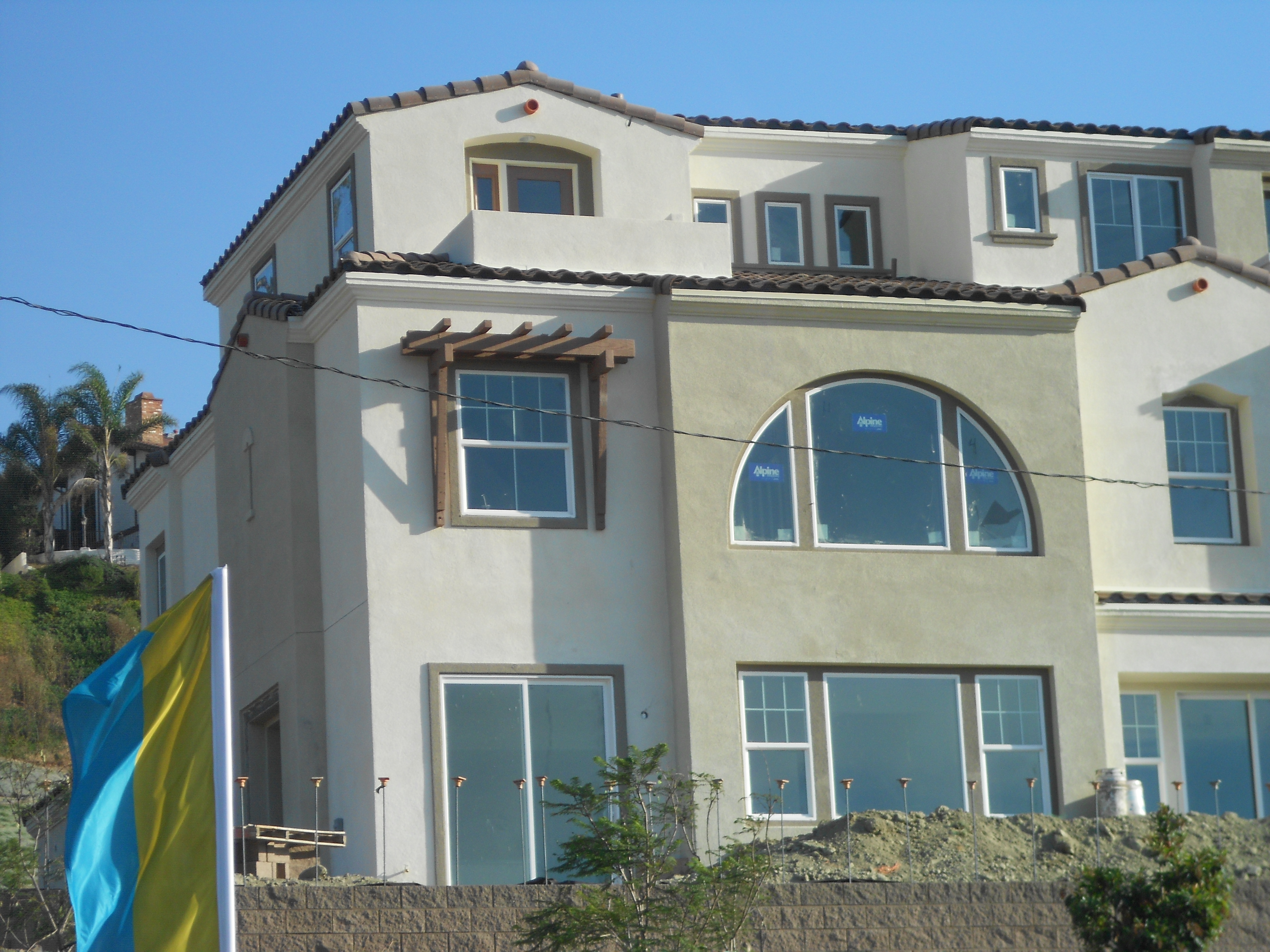Insuring Luxury Homes
(and Elephant Hide Wallpaper)
by Roberta Murphy
 I didn’t consider luxury home insurance to be that interesting or that blogworthy until I read of an appraiser who tried to figure out the replacement value of the elephant skin wall coverings in a Seattle manse. That appraiser, James King with the Chubb Insurance Group, makes it a practice to thoroughly investigate the luxe and unusual features in Chubbs insured luxury homes to make sure a realistic replacement value can be assessed. And sometimes that challenge requires more than a little research.
I didn’t consider luxury home insurance to be that interesting or that blogworthy until I read of an appraiser who tried to figure out the replacement value of the elephant skin wall coverings in a Seattle manse. That appraiser, James King with the Chubb Insurance Group, makes it a practice to thoroughly investigate the luxe and unusual features in Chubbs insured luxury homes to make sure a realistic replacement value can be assessed. And sometimes that challenge requires more than a little research.
In the case of the elephant hide wall coverings, King was unable to determine replacement value, especially since the wall covering had been installed at the turn of the last century, before elephant hunting restrictions were in existence. His solution? Value the replacement as leather wallpaper, a very, very expensive treatment and alternative. Im sure his appraisal stories could fill a large, fine leather-bound book!
After reading this story, I decided to call the Chubb Insurance Group directly to discover other challenges and solutions involved in insuring luxury homes. Mark Schussell, Chubb Vice President and Public Relations Manager, was kind enough to take my call–and patient enough to answer my many questions.
For starters, insuring luxury homes in the top market tier can be a tricky business because these homes boast not only fine luxury features and extraordinary craftsmanship, but are often finished with rare antique materials. If a home has old stained glass windows, roof tiles from an antique Tuscan farmhouse, and 100-year-old carved wooden pillars it might be difficult to settle with a normal insurance company in the event of a loss. Drive-by appraisals and typical assessments just wouldnt work.
Insuring these properties at replacement value requires a finely-tune appraisal and an insurance company that understands this market. And though several companies work in this specialty, the Chubb Group of Insurance Companies was reported to be insuring 70 percent of the 400 wealthiest people on the Forbes magazine list. Chubbs Mark. Schussel was more modest, estimating that the number would be at least half of the Forbes 400. Either way, it is an impressive market domination.
It is important for the luxury home to be insured at full replacement value, especially when fine craftsmanship and materials have been used in constructing or improving the home. Schussel said that when Chubb takes on the task of restoring the home to its original condition, they take the task very, very seriously. Restoration could involve flying plasterers in from Ireland to restore a home in San Diego or in Connecticut. And if special œOld World tools are needed to complete the job and they are unavailable elsewhere, Chubb will pay to have the tools made.
The basis for determining exactly what needs to be replaced or restored within a luxury home in the event of a disaster begins with the initial appraisal. That is where Chubb stands above the rest. Their experts take extensive photos both inside and out to create a detailed visual record of the home and its surroundings. The appraiser will take measurements, study all elements of the home, and prepare an extensive report outlining all features of the home, down to molding and landscape details. Then, should a calamity occur, there will be a complete record of what needs to be replaced. While at the home, the appraiser will also point out things the homeowner may wish to do to reduce the potential for loss.
When one of Chubbs 200 highly-trained appraisers is going through the home to be insured, he or she will additionally point out personal effects, art and furnishings that might require separate professional appraisals and insurance. If the client wishes, Chubb will provide the needed separate expert appraisal for insuring those items.
Restoring a home to its original condition can only be done within the confines of current building codes. Chubb replacement coverage may provide not only for Old World craftsmanship, but also for bringing electrical, plumbing and other building defects up to local building codes. Additionally, during reconstruction, Chubb has their people on site to make sure the work is being done to their own strict standards.
And once the work is done, they make sure the owners are satisfied with the results. In one case, the owner missed the familiar creak in his old stairway. It was an idiosyncrasy he wanted back in his home. Not wanting an unhappy client, Chubb sent their workers in to recreate the old creak to the clients satisfaction.
Mark Schussel said most insurers have moved away from the luxury home replacement policy business. They key reason, he said, is that they do not have Chubbs finely-tuned appraisal services. œBecause of our accurate valuations, we are able to continue this coverage even if a home is insured at $2 million and it takes $4 million to replace, he said. Most of their policies, though, have a built-in replacement cost escalator.
Insuring a luxury home at market value is not an accurate way to insure the property. In a highly-appreciated market, a homeowner might end up paying way too much for the policy, when the home could be restored for less than market value. And in declining markets, the replacement cost for a luxury home could far exceed its market value.
For detailed information regarding the insurance of luxury homes, it might be helpful to explore Chubbs Personal Insurance site.







Great article. Wouldn’t that be a fantastic job? Reminds me of what many a historian in a museum would go through.
Gena: The business of insuring luxury homes would be a fascinating one. In the case of Chubb Insurance, they insure not only the home and it architectural detailings, but also the owners’ antiques, fine art, silver and other furnishings. This attention to detail is why Chubb Insurance stands heads above other insurers.